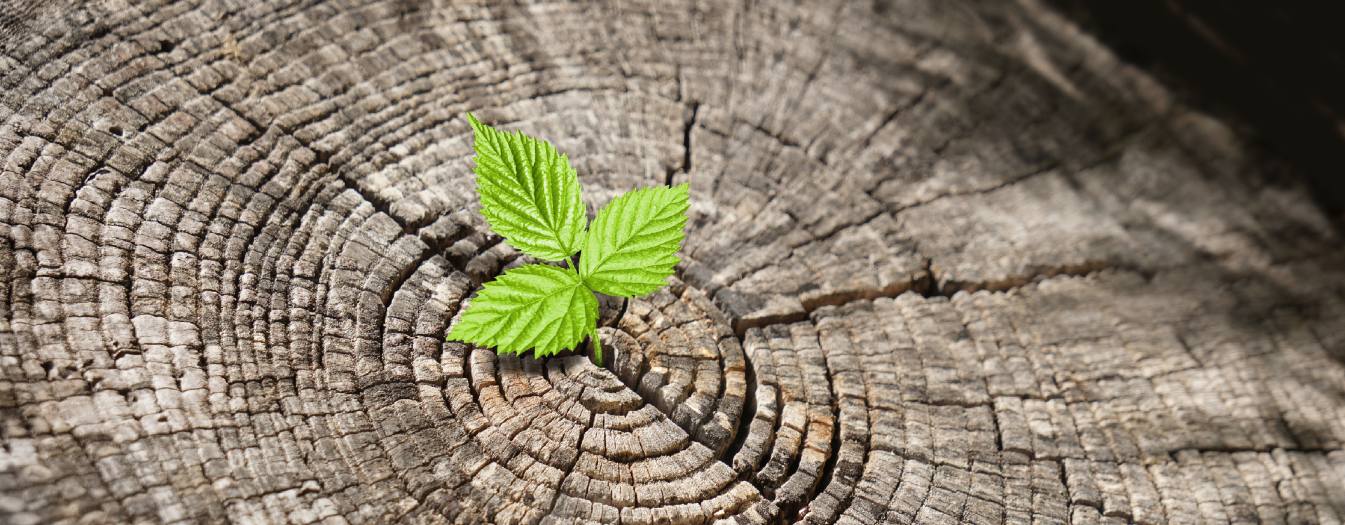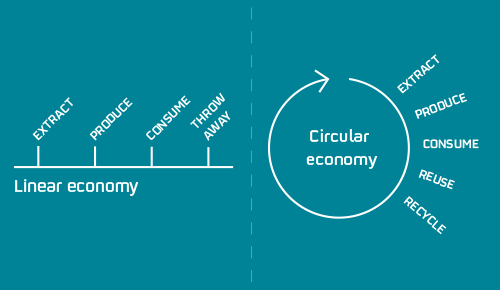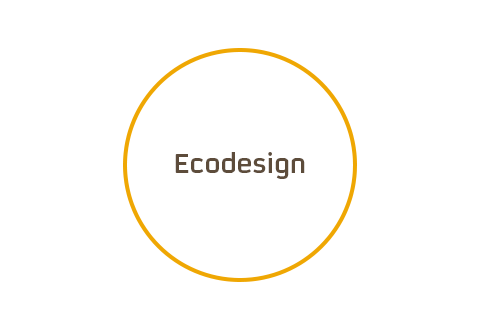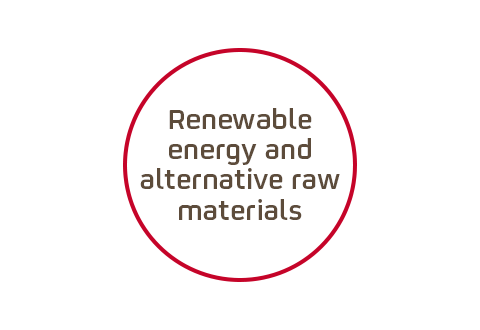What are the benefits of the circular economy?
Protects the environment
It reduces emissions, minimises the consumption of natural resources and reduces waste generation.

Discover through the "Dale una vuelta" series the stories of people who drive the #circulareconomy

What is the difference between the circular economy and the linear economy?
Until now we have lived with linear production models, in other words, we extract, produce, consume, and discard. The society in which we live means that the pace of consumption is accelerating, a model that is fast but unsustainable for the planet.
The circular economy establishes a more sustainable production and consumption model in which raw materials are kept longer in production cycles and can be used repeatedly, therefore generating much less waste. As its name suggests, the essence of this model is that resources are kept in the economy for as long as possible, making it possible to use the waste we generate as raw material for other industries.
What are the benefits of the circular economy?
Protects the environment
It reduces emissions, minimises the consumption of natural resources and reduces waste generation.
Benefits the local economy
It can benefit the local economy by encouraging production models based on the reuse of nearby waste as raw material.
Drives employment growth
It stimulates the development of a new, more innovative and competitive industrial model, higher economic growth, and more employment.
Promotes resource independence
The reuse of local resources can lead to less dependence on imported raw materials.
Circular economy at Repsol
We implement circular economy projects throughout our entire value chain, from obtaining raw materials to commercializing products and services. Our circular economy strategy is based on four key lines.

Product design
From the product design phase, we apply criteria to minimize raw materials consumption during the manufacture of our products, extend their useful life, and increase the recycling of their components.

Resource optimization
We optimize resources and processes so that waste has new uses, both in our production processes and in those of third parties.

Product manufacturing
We use renewable energy sources and alternative raw materials of residual origin to manufacture our products.

Sustainable consumption
We promote initiatives that prioritize rental over purchase of products to encourage more sustainable consumption.
Our circular economy projects

4Refinery
We implement solutions to transform biomass into advanced biofuels with low CO2 emissions.

At the Repsol Technology Lab, we place technology at the service of the circular economy